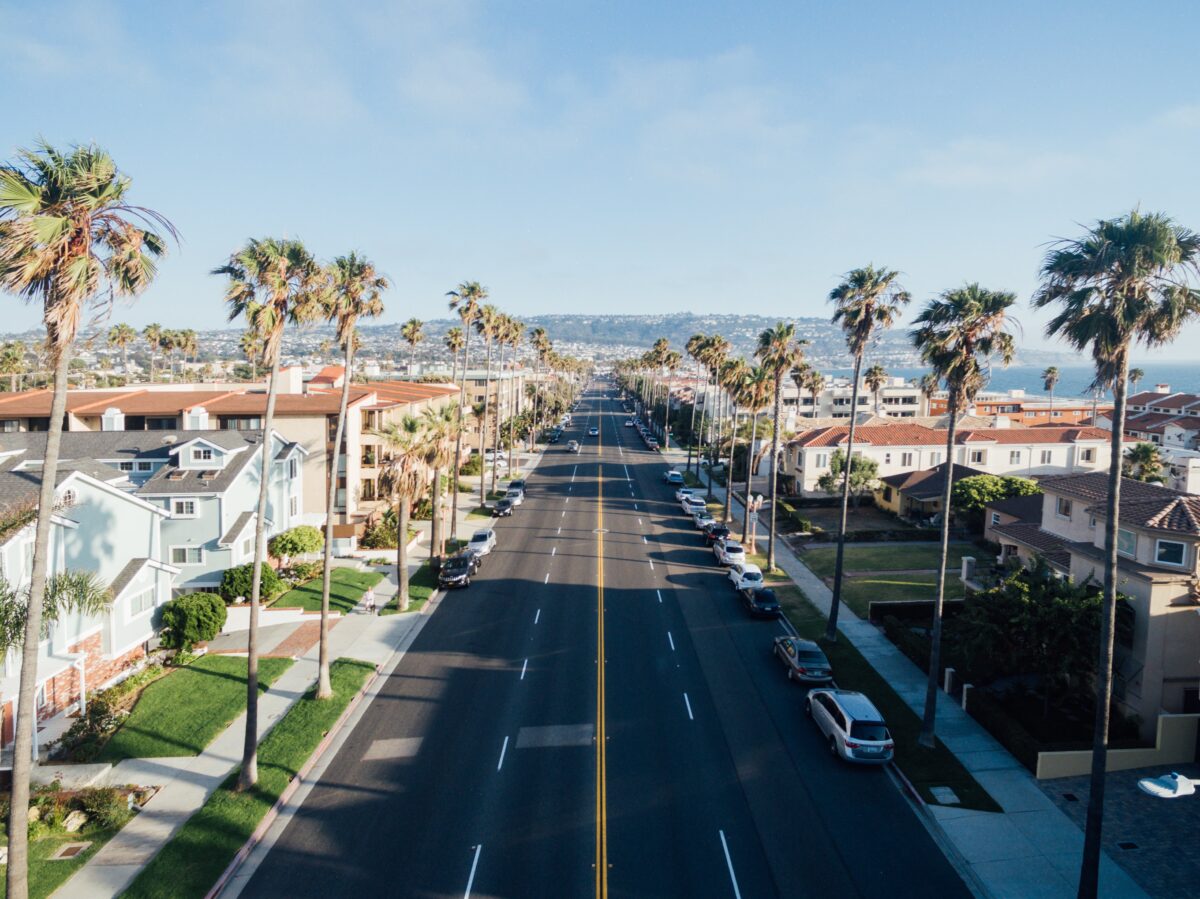Sales Volume Declining
Real estate sales prices in the Los Angeles South Bay for November were mixed on declining sales volume. The declining volume is to be expected, given that we’re entering the slower winter selling season. Even SoCal slows down a little bit in the winter.
Another obvious impact is coming from the economic disruption of the coronavirus pandemic. The appearance of the omicron variant just as we begin year end celebrations has struck a fearful chord among more vulnerable segments of the population. So there are multiple reasons for the number of units sold to drop as it has for most of the South Bay.

Statistics show Palos Verdes as the only area to have an increase in sales for November. Looking more in depth, we discover this is actually the second month in succession that PV sales volume has been well below the 2021 average of 89 units monthly. September sales were exceptionally good at 114 units sold, then October plummeted to 73 before coming back up to 79 in November.
Median Price Mixed
Changes to the median price ranged from -2% in PV to +10% at the Beach. The +10 percent at the Beach makes up for price drops in September and October. Sales prices have been relatively stable since March in all areas.
It’s important to remember that the number of homes in the Beach cities and on the Palos Verdes peninsula is quite a bit smaller than either the Harbor or the Inland areas. The smaller sample size causes sharper and more dramatic looking movements in the charts.

We expect to end the year 2021 with strong price appreciation. However, early forecasts for 2022 are coming in with warnings about downward pressure on prices as a result of an anticipated increase in short sales and foreclosures. Because lenders were prevented from processing evictions during the pandemic, homeowners who were not able to pay their mortgage are now facing possible refinance, short sale or foreclosure. Some sources expect 3-5% of next years sales to be “distressed” transactions.
Monthly Sales Dollars
Cumulative dollars per month of residential sales started the year way down on the charts. Home buyers and sellers alike were at a loss as to where the pandemic was going and sat still. March brought activity back to the real estate market as sales–and sale prices–raced upward.
As the chart shows market conditions bounced up or down through most of the year as the public mood shifted with the ebb and flow of Covid-19 surges and successes.

As we near the end of a rocky, uneven year we’re seeing the monthly sales numbers settle into a more rational pattern. It’s the winter season, so the minor drop-off in sales we see in the charts is to be expected. December should be slightly lower, giving us a gentle end to 2021.
The Stats
Year-to-year statistics for the first half of 2021 were essentially useless because we were comparing “apples to oranges.” The first quarter of 2020 was “business as normal” and the second quarter was significantly reduced as the pandemic brought sales activity to a near halt.
By the second half of 2020 protocols for showing and selling property became established and business started returning to something close to normal. Mortgage interest rates were still under 3% creating solid motivation for buying and selling. And there were more buyers than sellers resulting in bidding wars and rapidly escalating prices.
Much of that activity slowed when the the “winter surge” of Covid hit. Homes were still selling, but at a slower pace from October through February of 2021. Then March and warmer weather arrived, which combined with the increasing number of vaccinated individuals, put the real estate market into overdrive.

Compared to last year November shows the number of sales slower in the Harbor and PV Hill areas, while sales have picked up at the Beach and Inland. Though sales are slower, the price increases have abated very little. Home affordability is slated to become even more of a problem than it has been in LA.
Main Photo by Paul Hanaoka on Unsplash
